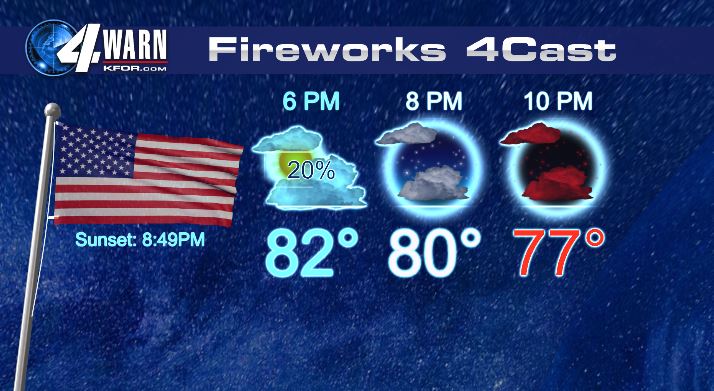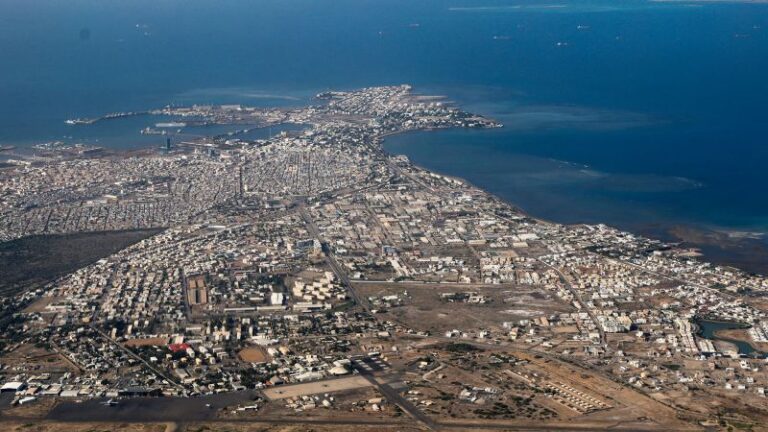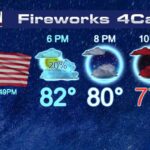As Independence Day celebrations kick off across the country, weather forecasts indicate a timely respite from rain, allowing fireworks and cookouts to proceed without a hitch. However, the weekend will not be entirely free from weather disturbances, with widely scattered showers and occasional storms expected to persist. Temperatures are predicted to remain below average, hovering in the mid to upper 80s, as the region experiences an unusual spell of wet and cool weather.
The announcement comes as meteorologists observe a persistent weather pattern characterized by frequent precipitation and cooler-than-normal temperatures. This trend is expected to continue into the following week, with rain chances forecasted for nearly every day. The weather conditions are a stark contrast to the typical summer heat that usually marks this time of year.
Weather Patterns and Historical Context
Historically, July is known for its hot and humid conditions, often leading to droughts in various parts of the United States. However, this year’s weather pattern has defied expectations, bringing a series of low-pressure systems that have resulted in increased cloud cover and precipitation. According to the National Weather Service, this anomaly is due to a combination of atmospheric conditions that have steered moisture-laden air across the region.
Climatologists note that while such deviations from the norm are not unprecedented, they are relatively rare. The current conditions are reminiscent of similar patterns observed in previous decades, where cooler and wetter summers were recorded. These anomalies often have significant implications for agriculture, water resources, and energy consumption.
Expert Opinions on Current Conditions
According to Dr. Emily Harrison, a meteorologist at the Climate Research Institute, the ongoing weather pattern is a result of complex interactions between oceanic and atmospheric systems. “We are witnessing a unique convergence of factors that are contributing to the cooler and wetter conditions,” she explains. “While these patterns are temporary, they provide valuable insights into the variability of our climate system.”
Meanwhile, local farmers have expressed mixed feelings about the current weather. While the rain is beneficial for crops, the lack of consistent sunlight and warmth can hinder growth. “It’s a double-edged sword,” says John Miller, a corn farmer in the Midwest. “The rain is great, but we also need the sun to ensure a good harvest.”
Implications and Future Outlook
The move represents a challenge for event organizers who rely on predictable weather for outdoor activities. Many have had to make contingency plans to accommodate the possibility of rain during the weekend. However, the anticipated dry spell on Independence Day offers a window of opportunity for celebrations to proceed as planned.
Looking ahead, meteorologists advise residents to stay informed about daily weather updates, as conditions can change rapidly. The extended forecast suggests a gradual return to more typical summer weather, though the exact timing remains uncertain. “We expect a shift back to warmer temperatures and drier conditions later in the month,” notes Dr. Harrison. “Until then, it’s important to remain adaptable and prepared for the unexpected.”
In conclusion, while the weather may pose challenges, the spirit of Independence Day remains undampened. Communities across the nation are gearing up to celebrate with fireworks, barbecues, and gatherings, making the most of the dry spell amidst a season of showers.























